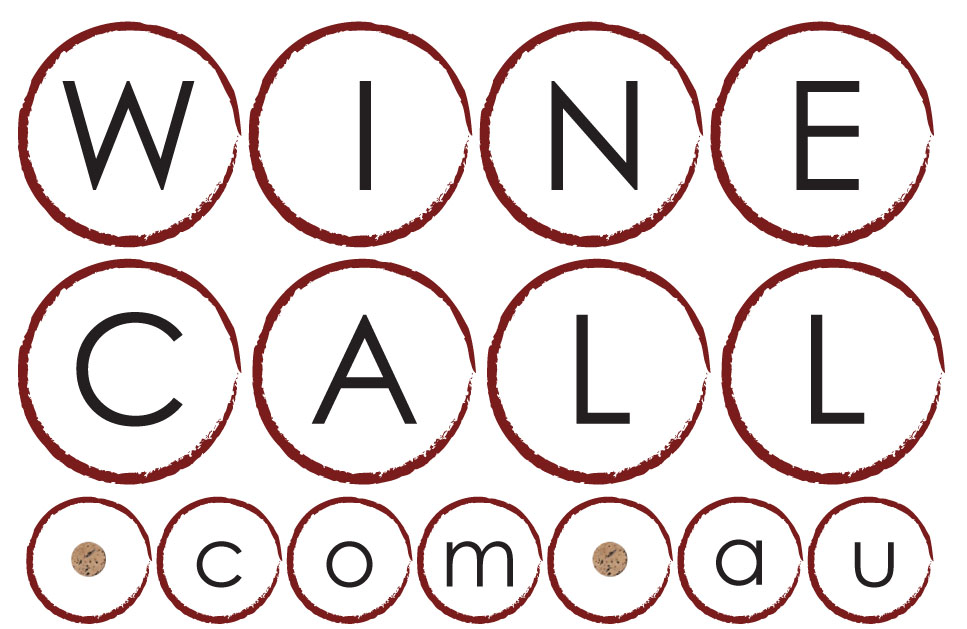As 2013 drew to a hectic close, I was as excited as a kid at Christmas. I was off for my first visit to some German wine regions. I’ve been drinking German riesling for many years, read a lot and seen plenty of pictures. As a lover of riesling, there were high levels of anticipation to see firsthand where some of these world-class rieslings were grown.
The only hesitation was that I was leaving a warm, and ultimately searingly hot, summer in Australia (where a glass of chilled white wine would go perfectly with some barbecued seafood) and heading into the depths of a German winter. An inspiring proposition for drinking white wine? For some, maybe not. But when we got there it made alot of sense. The Germans not only make riesling across many styles from bone dry to intensely sweet, but white wine (and particularly riesling) almost always works perfectly with Germany’s food. That the German winter was milder than expected was an added bonus, and the scenery in the vineyards, particularly in the Mosel, was spectacular. Certainly a start to 2014 that I will never forget.
Drinking highlights from the trip
Unsurprisingly from the trip to Germany and London, there was plenty of beer including the one-off special German Christmas beers, some dark Bavarian and Franconian craft brews, and some traditional English ales. There was also plenty of wine – mainly German, some French and even an English sparkling. Below are some of the highlights.both from the trip and back in Australia.
In Germany …
Two great cellar door tastings in the Pfalz – at Muller-Catoir and Reichstrat von Buhl. The wines and hospitality at both were excellent, with only a personal preference tending toward the wines from Muller-Catoir. A selection of wines from both of these wineries are available in Australia. However, I took full advantage of some of the wines that are not readily available in Australia – such as von Buhl’s sparkling Spatburgunder Rose brut, and Muller-Catoir’s sweet Rieslaner wines.
Then there was the Mosel. Not only was I impressed by the wines – elegance, structure and complexity – but there’s also some wonderful driving and scenery. Unfortunately, the timing of my visit was not ideal in terms of visits to cellar doors, and even the Mosel-Vinothek & Wine Museum in Bernkastel-Kues was closed (good excuses for another visit!). Fortunately, there was a very good selection of local wines available by the glass in the wine bar of the Burgblickhotel in Bernkastel-Kues (the Kerpen Wehlener Sonnenuhr 2007 Riesling Spatlese was excellent).
Berlin offers many good quality wine bars, but the one that I was most impressed with was Weinschenke Weinstein in Prenzlauer Berg (the Heymann-Lowenstein Rottgen Erste Lage 2008 Riesling was superb). It certainly helped that we were staying around the corner!
In France …
Well, for this trip it was really only confined to the Alsace. But importantly, like Germany, this was my first visit to the Alsace, and some of the scenery and the small walled villages were exceptional. Again, I had a focus on riesling, but was also looking forward to some pinot blanc, pinot gris, gewurtztraminer and the charming ‘field blends’. A new find was the native auxerrois. While I was already familiar with some of the wines from Domaine Paul Blanck a cellar door visit in Keintzheim provided the opportunity to taste the whole range. A new find (for me) was Domaine Leon Beyer in the village of Eguisheim, whose white wines were dry (many wines from the Alsace leave some noticeable residual sugar) and, for me, better for it. For the record, my favourite wines from each of these cellar doors were the 2010 Paul Blanck Schlossberg Riesling and the 2007 Leon Beyer Riesling ‘Les Escalliers’.
English Sparkling …
I had never previously tasted an English sparkling wine, but was suitably impressed by Nyetimber’s 2008 Vintage Blanc des Blanc.
